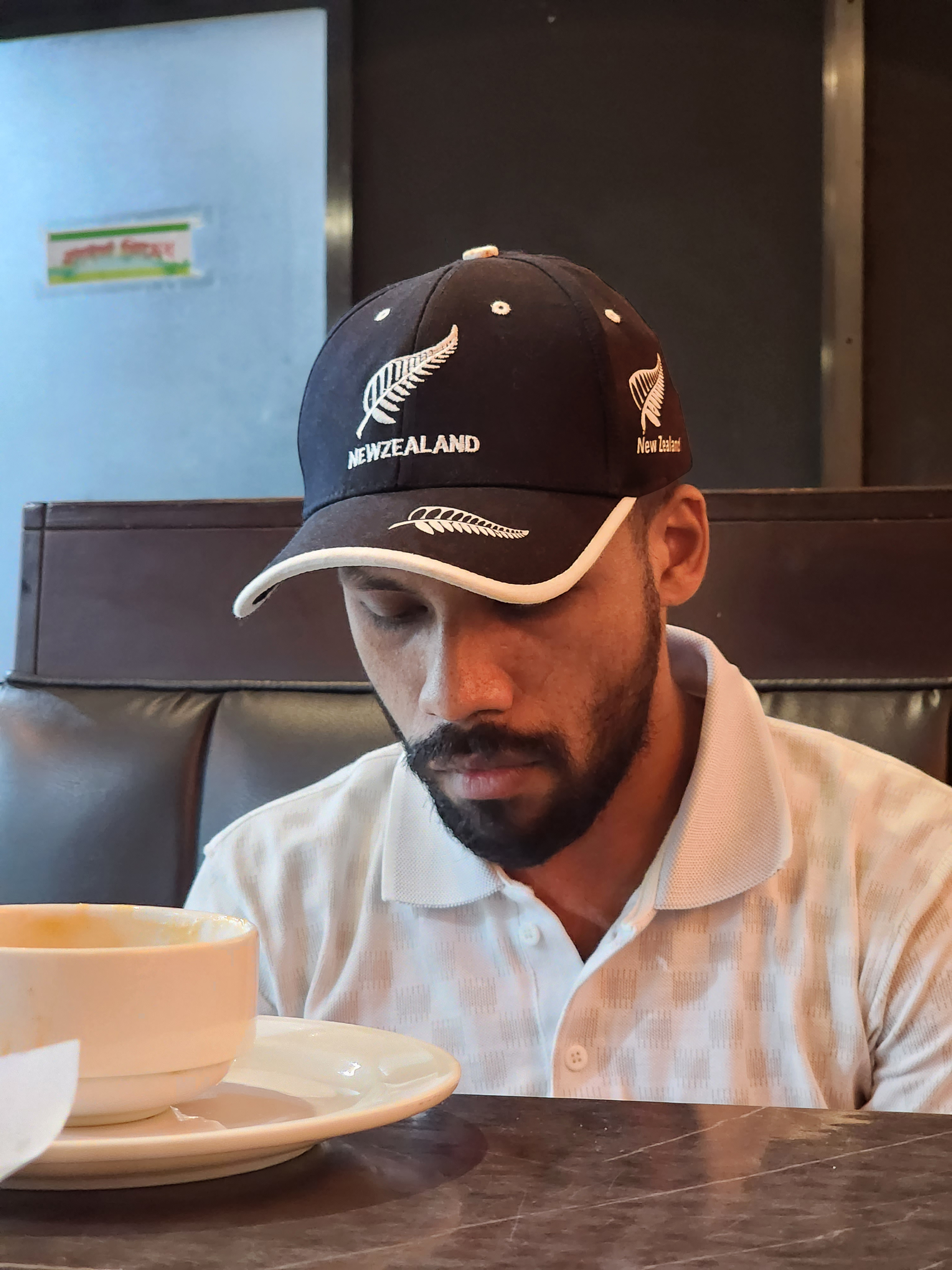A Novel Neuroplasticity-Based Approach for Enhanced Generalization in Computer Vision
Published in Conference Name (To be added if known), 2025
Abstract:
In the rapidly advancing realm of artificial intelligence, bridging biological processes with computational models has become a pivotal strategy for enhancing robustness and adaptability in neural networks. This paper introduces and evaluates a biologically inspired neural network layer—termed BioLogicalNeuron—across multiple image classification benchmarks, including CIFAR-10, MNIST, and Fashion-MNIST. By incorporating calcium-dependent regulation, homeostatic control, and adaptive repair strategies, the architecture consistently outperforms standard deep learning methods. Notably, the BioLogicalNeuron achieves 90.42% accuracy on CIFAR-10, offering a 3.77% improvement compared to baseline models; meanwhile, it attains a remarkable 99.43% on MNIST, as well as 93.27% on Fashion-MNIST. In-depth examinations of neuron health dynamics, repair mechanism usage, and phase space trajectories reveal distinctive adaptive patterns across datasets of varying complexity. A repair threshold set at 0.8 triggers targeted interventions—most notably adaptive noise and selective repair—ensuring that stability metrics remain above 0.92 throughout experimentation. Furthermore, attention mechanisms integrated with the BioLogicalNeuron enhance representational stability and resilience in the face of domain-specific challenges. These findings collectively underscore the transformative potential of biologically derived computational methodologies in augmenting existing deep learning architectures, particularly for image classification. By skillfully balancing representational stability with the flexibility to adapt, BioLogicalNeuron exemplifies a powerful synthesis of neurobiological insights and computational efficacy, ultimately paving the way for intelligent systems that closely mimic the intricate processes of biological learning. Through its ability to reliably handle diverse visual domains, it stands as a promising blueprint for the next generation of robust, adaptable machine vision models.
Authors:
- Md Azizul Hakim (Student, Bangladesh Sweden Polytechnic Institute, Bangladesh)
- Rashedul Arefin Ifty (Undergraduate Teaching Assistant, International Islamic University Chittagong, Bangladesh)
- Khaled Eabne Delowar (Adjunct Lecturer, International Islamic University Chittagong, Bangladesh) - Contact Author
- Samiul Azam Shuvo (Student, International Islamic University Chittagong, Bangladesh)
- Zarin Tasneem (Student, International Islamic University Chittagong, Bangladesh)
- Mohammad Ifazul Alam (Student, Bangladesh Sweden Polytechnic Institute, Bangladesh)
Recommended citation: Hakim, M. A., Ifty, R. A., Delowar, K. E., Shuvo, S. A., Tasneem, Z., & Alam, M. I. (2025). "A Novel Neuroplasticity-Based Approach for Enhanced Generalization in Computer Vision." Conference Proceedings (To be added).
